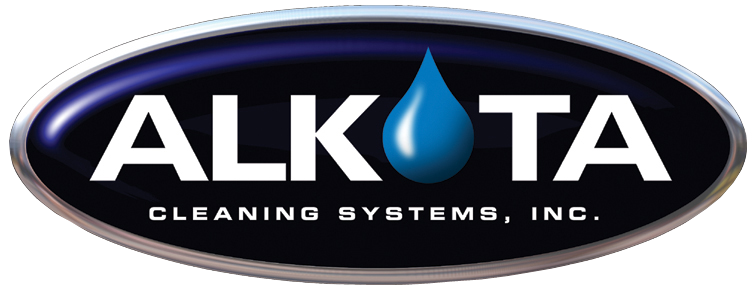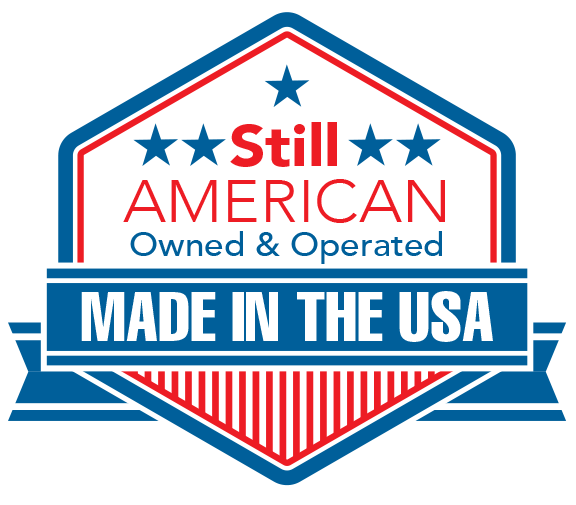
When it comes to learning how hot and cold power washers work and how best to utilize them, the most essential things to know are unfortunately some of the most complicated.
Luckily, we’re joined by pressure washer expert Ben Hagemann from American Pressure to simplify things for you.
CLEANING WITH A PRESSURE WASHER: The Four Factors
There are four different elements that come together when you’re cleaning: pressure, water volume, chemistry, and heat.
Pressure is a measure of force inside the equipment, and this translates to speed as well, as the water sprays from the nozzle.
Pressure is the force behind the water and is measured as PSI, or pounds per square inch.
One of the most common misconceptions when it comes to pressure is that the more you use, the cleaner you’ll get. However, the key to most cleaning jobs is actually higher water volume, adequate pressure, and sufficient heat.
So, while you do need some pressure, you don’t necessarily need excessively high PSI.
If you use too much pressure relative to water flow, you won’t be able to get close enough to clean without causing damage.
Water Volume is a measure of weight, or how much water you’re throwing at the item to be cleaned. Increased water volume also leads to increased flushing and rinsing.
Essentially, the more water you’re pumping out, the faster your surface will get clean. It’s simply about speed and the level of cleanliness. Less water over a longer period of time will get your surface just as clean. But the more you use, the faster it works.
Chemistry is the type of detergent used. Road film and other contaminants generally need at least a little help from a chemical detergent.
Water, pressure, and heat alone will not be able to break the surface tension bond to remove the dirt for the trickiest cleaning jobs.
Any stain or mess that involves grease or oil, or another sticky, grimy substance will require some form of detergent to break it down.
Heat refers to the temperature of the water or steam.
Using heat decreases the amount of time spent cleaning, leads to higher efficiency when using detergents, contributes to hygiene by blasting germs and bacteria, and simply cleans more effectively overall than cold water.
As an added bonus, when you work with increased heat, any chemical cleaners you are using actually function better and are able to transfer easily to the surface you’re cleaning.
Together, these four elements are key to thoroughly cleaning an object or surface.
Typically, when one of the four elements is missing, another will have to increase significantly to make up for it.
Think about washing your dishes. Simply rinsing with cold water and no soap won’t do the trick. Simply rinsing with hot water usually leaves a greasy film. If you use cold water and add soap, it’ll work better; but ideally, you’ll use hot water and soap.
The same goes for cleaning with pressure. If you decrease or eliminate one of the elements, you’ll have to increase another. However, utilizing all four elements in the correct proportions will produce the best cleaning for your efforts.
Special thanks to Ben Hagemann for his input on this article. For more information on American Pressure, an Alkota distributor, click here!
Interested in learning more about the best practices for cleaning with pressure? Check out our article on How to Choose the Right Pressure Washer.


